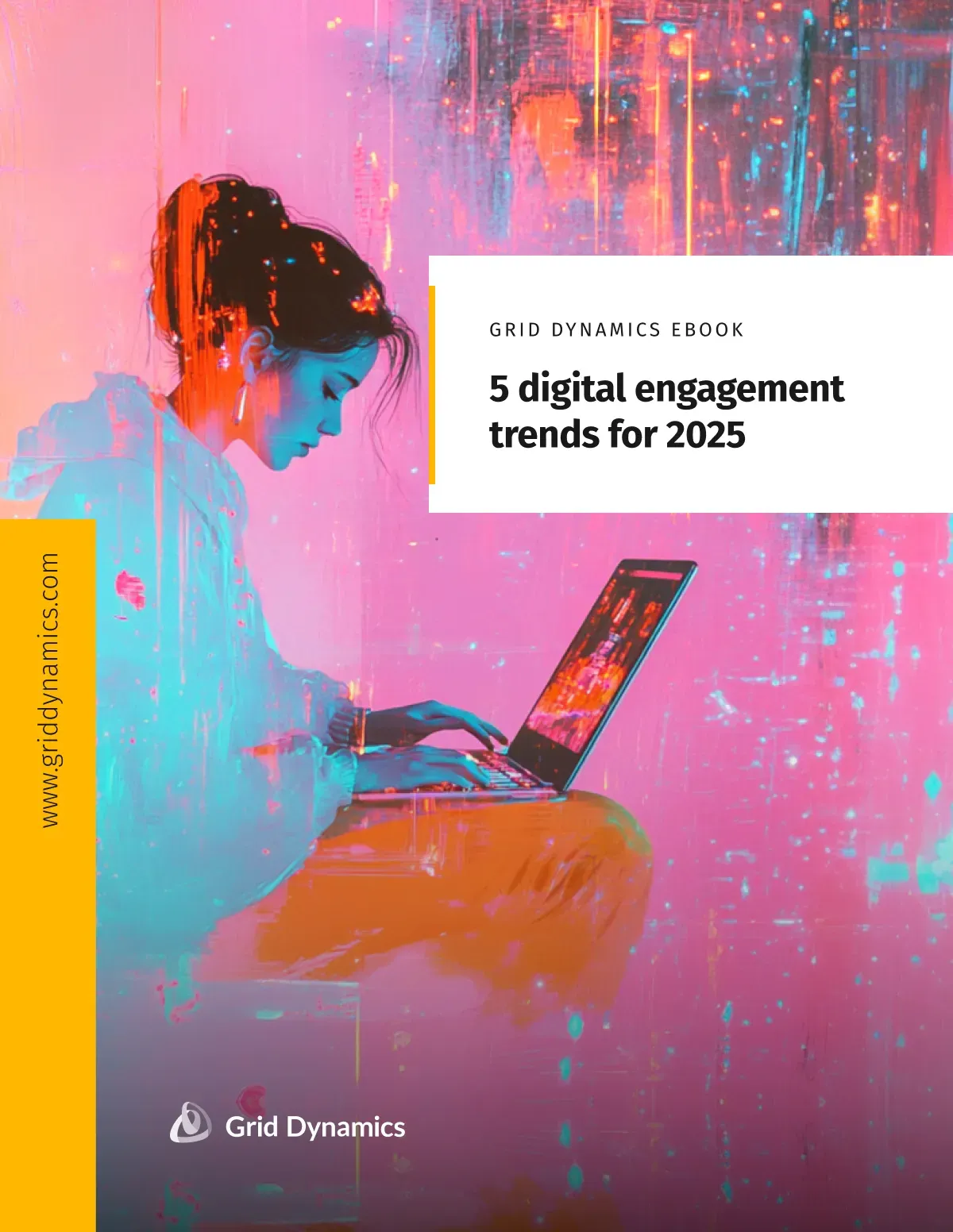You are undoubtedly feeling the strong waves of change AI brings. And they’re pretty different from the previous waves of digital transformation and cloud; ones you rode while marveling at their prowess, but also acknowledging their drawbacks. Each promised to redefine business, but required years of meticulous planning, change management, and cultural adaptation. Many organizations still bear the scars of these efforts, with fragmented systems, complex workflows, siloed teams, and unrealized returns on investment (ROI).
But what is different this time? Intelligent automation and reasoning with AI agents working together to analyze data and boost decision-making.
This ebook outlines the dynamic environments of past waves and emphasizes that the agentic AI future is unlike anything we’ve seen in the past. Instead, agentic AI integrates and coordinates AI systems, AI agents, machine learning algorithms, reinforcement learning, AI tools, and large language models. Agentic AI operates with multiple reasoning and act agents to solve complex problems and specific tasks with minimal human intervention.
Future trends in agentic AI applications are not “just another wave”
Here’s why your business can’t afford to wait another day:
- 86% of enterprises plan to deploy AI agents by 2027
- Early adopters already report 40% productivity gains
- It only takes 6-12 months to see measurable ROI (vs. 3-5 years)
- 62% of businesses predict more than 100% ROI from agentic AI within just a few months of deployment
Agentic AI’s tidal surge of progress isn’t a hypothetical prediction. It’s already happening. And you need to catch the wave…fast.
The false equivalence trap
Leaders are still making a catastrophic mistake: treating agentic AI like the previous technology waves or traditional AI. This mindset creates dangerous delays while competitors using AI tools race ahead.
The cost of waiting? Non-adopters of agentic AI models could see a steady decline in cash flow as market share shifts to AI front-runners. The longer organizations delay deploying agentic AI systems, the steeper the learning curve and the greater the risk to market relevance, talent retention, and innovation.
The cost of hesitation is measured in millions
Organizations that delay agentic AI adoption risk losing $1 million per month. On the other hand, early adopters of AI systems are already outperforming laggards by 47% in customer retention and 8.9x in innovation cycles.
Consider Walmart’s massive transformation: Their AI-powered systems now forecast demand, automate inventory management, and optimize delivery routes, reducing stockouts by 35% during peak seasons while dramatically lowering inventory costs and speeding up order fulfillment.
Lessons from the past waves
The digital era of the early 2000s was marked by ambiguity, missed deadlines, and failed pilots. Success favored those who reimagined business models, prioritized customer experience, and fostered agility. Others faltered by treating digital as an IT project or clinging to slow, incremental change. The cloud era brought promises of scalability, but half of all transformations failed to deliver expected ROI, revealing that true success required modular architecture, data centralization, and a platform mindset, not just migration. Now, AI-enabled enterprises can perform these complex tasks without human supervision.
What makes Agentic AI a business imperative?
Failure to act now means getting caught in the rip tide as your competitors improve efficiency, reduce costs, and adapt faster to change, making it harder to catch up as the technology becomes standard across industries.
Conclusion: Look beyond plug-and-play
Agentic AI necessitates a new strategic approach that moves beyond gradual technology adoption to solve tough problems. Success hinges on four imperatives:
- Modular architecture and data modernization for rapid iteration;
- Business-led governance by product teams;
- Human-AI symbiosis that combines AI’s speed with human judgment; and
- A CEO-driven culture that fosters adaptability and experimentation.
Agentic AI’s impact is already evident: manufacturers deploy IoT control towers for self-optimizing production lines that predict equipment failures and automatically reroute tasks; financial firms use autonomous agents that provide tailored investment advice and execute trades in real time; retailers offer hyper-personalized shopping experiences with AI companions that guide customers from discovery to checkout; and healthcare providers leverage intelligent agents to coordinate care, predict high-risk cases, and streamline insurance claims processing. These outcomes require a comprehensive, enterprise-wide approach that deeply integrates AI systems and AI agents into operations.
Grid Dynamics is a pioneer in AI innovation, with 9 years of experience implementing advanced AI solutions for Fortune 1000 enterprises. The window for first-mover advantage is closing; act now to adopt agentic AI before your competitors do.



